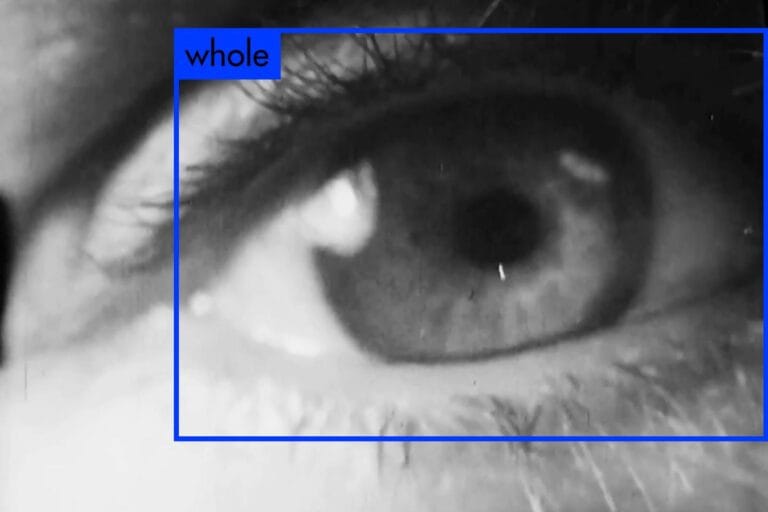Spinal cord injuries may heal with the help of electricity.
Electrical Implant Restores Movement in Rats with Spinal Cord Injuries
Researchers from Chalmers University of Technology in Sweden and the University of Auckland in New Zealand have developed a unique implant that uses electricity to restore movement in rats with spinal cord injuries. This breakthrough offers hope for an effective treatment for humans who have lost sensation and function in parts of their bodies due to spinal cord injuries.
According to a recent report from the World Health Organization (WHO), approximately 15 million people worldwide live with spinal cord injuries. The spinal cord contains numerous nerve fibers that transmit nerve impulses between the brain and the rest of the body. When the spinal cord is damaged, the connection between the brain and the parts of the body below the injury site is disrupted, often leading to loss of sensation and function, and in severe cases, paralysis.
“Unlike a wound that heals on its own, the spinal cord cannot heal on its own. This means that spinal cord injuries are both devastating and often permanent for those affected,” says Maria Asplund, Professor of Bioelectronics at Chalmers University of Technology.
She is the senior author of the study, along with Darren Svirskis from the University of Auckland, which was recently published in Nature Communications.
Electricity Stimulates Nerve Fiber Growth
Naturally occurring electric fields play a crucial role in the development of the nervous system during the late fetal stage and immediately after birth. These fields create and guide the growth of nerve tissue along the spinal cord. To develop an implant that mimics this process, the researchers used a similar electrical control system and tested it on rats with spinal cord injuries.
“We have developed an ultra-thin implant that can be placed directly on the spinal cord, precisely where the injury occurred in the rats,” says Bruce Harland, Senior Researcher at the University of Auckland, and one of the lead authors of the study.
The implant delivers a carefully controlled electrical current to the injured area. The study showed that electrical stimulation led to improved recovery, with the animals regaining movement and sensation. These results offer new hope for people suffering from loss of function and sensation due to spinal cord injuries.
“In the long term, the goal is to transform this technology into a medical device that can help people whose lives are severely limited due to spinal cord injuries,” says Maria Asplund.
This study is the first of its kind to use a thin implant to deliver electrical stimulation directly to the spinal cord. The researchers describe the results as both promising and groundbreaking.
“This is an exciting concept that shows that treatment with electric fields can aid in recovery after spinal cord injury,” says Lukas Matter, a doctoral student in bioelectronics at Chalmers University of Technology, who is also a lead author of the study along with Bruce Harland.
Improved Mobility After Four Weeks
Unlike humans, rats have a greater ability to heal spinal cord injuries on their own. This allowed the researchers to compare natural healing with healing induced by electrical stimulation.
The treatment lasted for a total of twelve weeks, and after four weeks, the researchers observed improved mobility in the rats that had received daily treatment with electric fields, compared to those that had not received any treatment. The rats that underwent electrical treatment also responded more quickly to gentle touch.
“This is an indication that the treatment led to the restoration of both movement and sensation,” says Bruce Harland.
“Another important aspect of the study is that we were also able to show that the treatment did not cause inflammation or other damage to the spinal cord, which shows that it is not only effective but also safe,” says Professor Darren Svirskis, University of Auckland.
The next step for the researchers is to investigate how the treatment can be developed further by adjusting the strength, frequency, and duration of the electrical stimulation to see how recovery is affected – with the aim of eventually arriving at the most effective method for repairing the spinal cord.
More About the Research
The study, “Daily electric field treatment improves functional outcomes after thoracic contusion spinal cord injury in rats,” has been published in Nature Communications. The study was conducted in collaboration between Chalmers University of Technology and the University of Auckland, New Zealand, where the new implant was tested.
The authors are Maria Asplund and Lukas Matter at Chalmers University of Technology, and Bruce Harland and Darren Svirskis at the University of Auckland, New Zealand.
Enjoyed this post by Thibault Helle? Subscribe for more insights and updates straight from the source.







